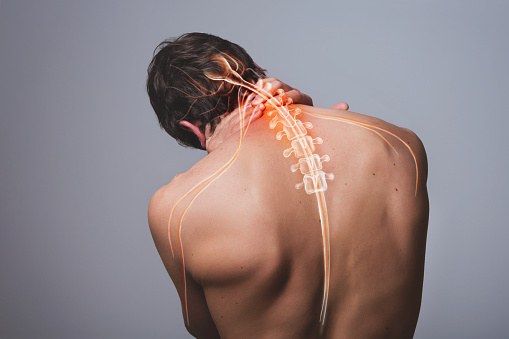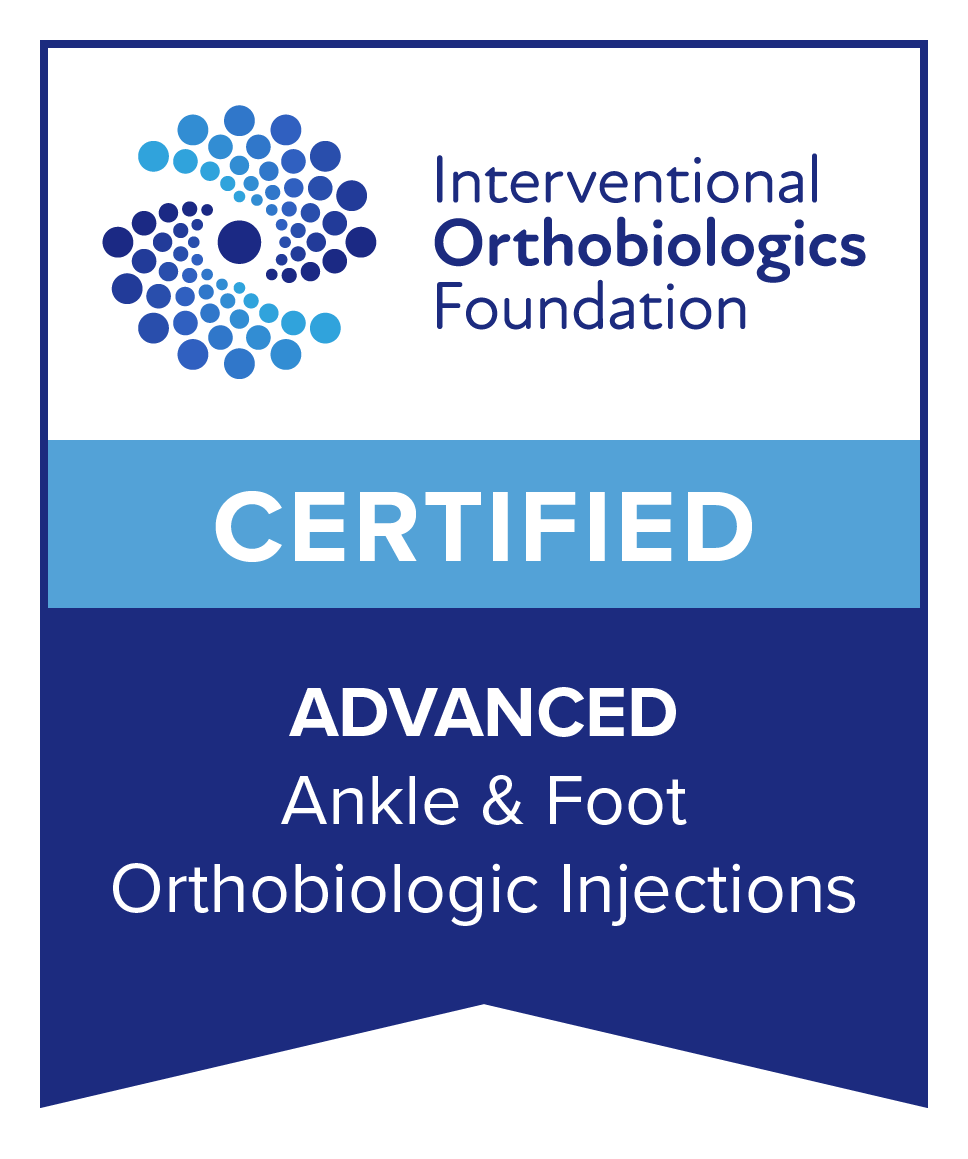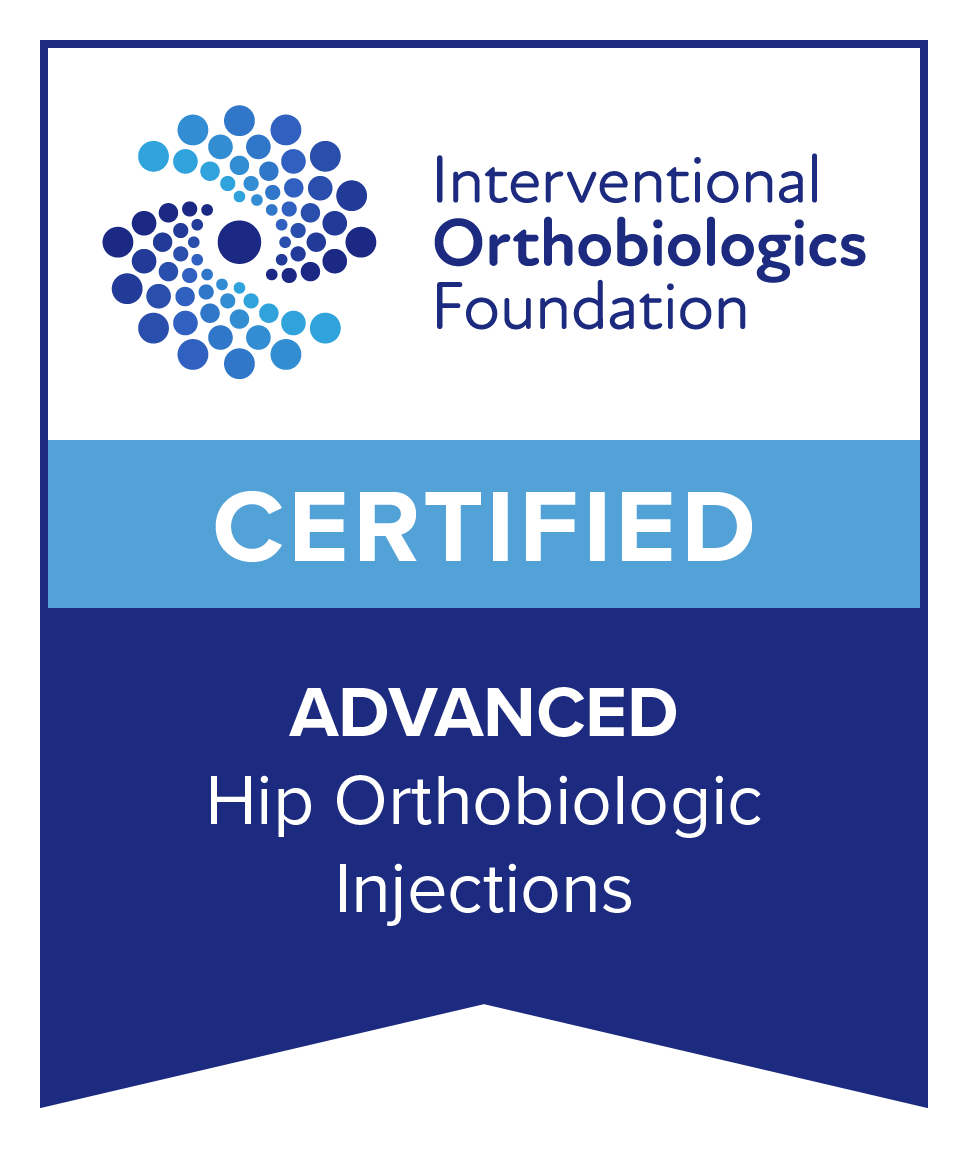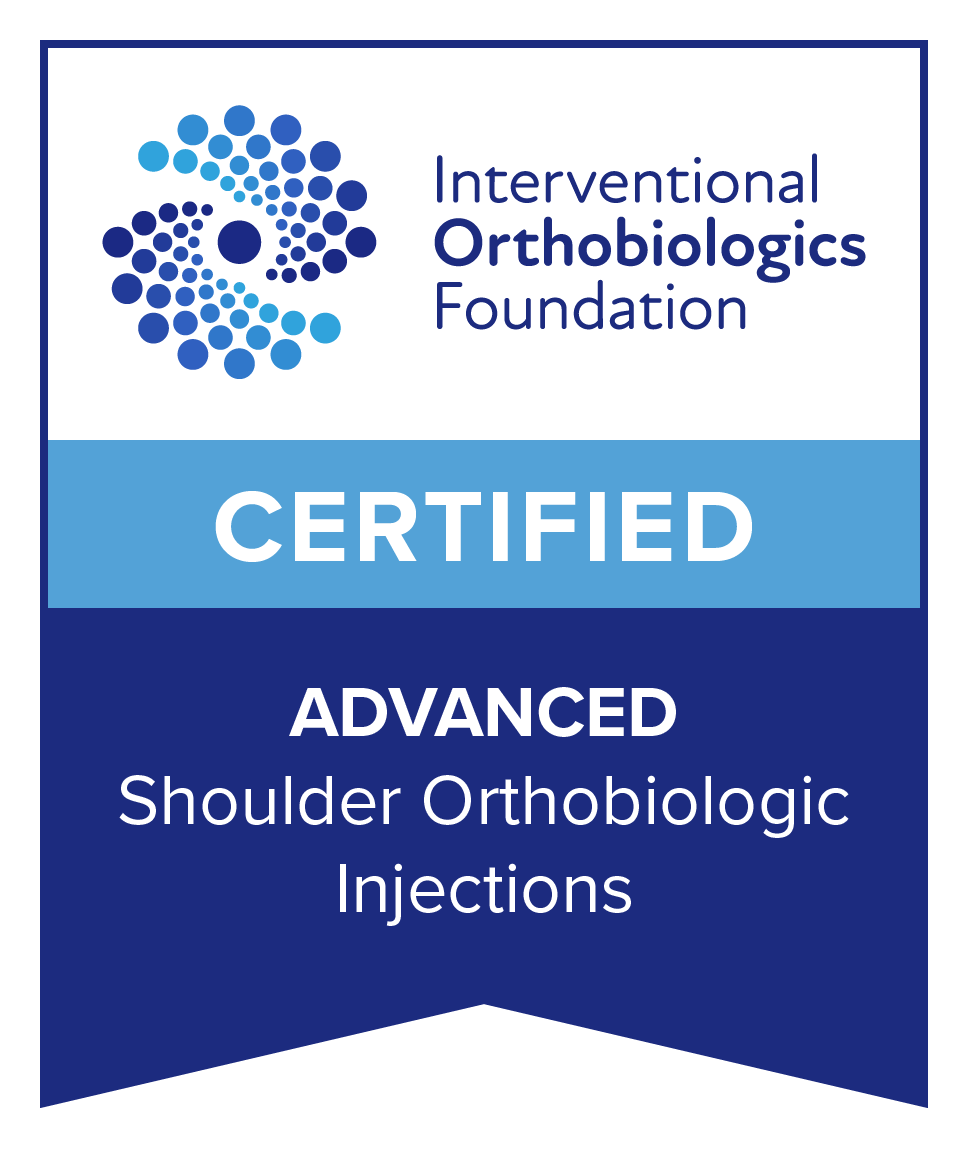Cervical Radiculopathy
Treating and Preventing Cervical Radiculopathy
We all deal with neck pain from time to time. But what happens when it becomes a disruption to your daily life? If you suspect or have been diagnosed with cervical radiculopathy, you know neck pain can take a toll on your well-being. For people with this condition, pain often radiates down the shoulder and arm, making simple activities a challenge. Thankfully, the Texas Institute of Pain and Spine can help. We offer cervical radiculopathy treatment in Pearland, TX and are dedicated to helping relieve your pain. Learn more about this condition and how we treat neck pain.

What Causes Cervical Radiculopathy?
Understanding the cervical radiculopathy causes is the first step to finding relief. In general, the condition arises when a nerve in the cervical spine (near the neck) is compressed or irritated. This compression might occur for all the following reasons:
- Herniated Discs—When a spinal disc’s soft, jelly-like center pushes out through a tear in the outer layer, it may press on nearby nerves. This is a common cause of cervical radiculopathy, especially in younger folks with physically demanding lifestyles.
- Degenerative Conditions—Conditions like degenerative disc disease or arthritis can lead to the narrowing of the spaces in your spine, which may put pressure on nerves over time.
- Spinal Injuries—Traumatic injuries can misalign or damage vertebrae, resulting in nerve compression.
- Bone Spurs—As we age, the body may form extra bone (bone spurs) as a response to degeneration. While these spurs are intended to stabilize the spine, they can press against nearby nerves and cause cervical radiculopathy.
- Tumors—In rare cases, cervical radiculopathy can be caused by tumors. This is why seeing a physician as soon as possible is so important.
Know the Common Symptoms of Cervical Radiculopathy
The symptoms of cervical radiculopathy vary depending on which nerve is affected. However, here are some of the most common warning signs you might experience:
- Pain—Pain associated with cervical radiculopathy is often sharp, burning, or shooting. It may start in the neck and radiate down to the shoulder, arm, and sometimes as far as the fingers.
- Numbness and Tingling—Some patients report a “pins and needles” sensation or numbness along the path of the affected nerve.
- Muscle Weakness—Compressed nerves can lead to weakness in certain muscles, affecting your grip strength and the ability to perform daily tasks.
- Pain That Worsens With Certain Movements—Your symptoms may intensify when you turn your head, look up, or hold your neck in one position for a long time.
Ask About Treatment Options for Cervical Radiculopathy
The good news is that you don’t have to resign yourself to chronic neck pain! Cervical radiculopathy treatment is available, and the team at the Texas Institute of Pain and Spine can help you find relief. We might discuss the following options:
Conservative Treatments
Many patients experience less neck pain with just a few changes to their daily routines. We often recommend avoiding activities that worsen your symptoms and encourage you to take short breaks from movements that strain your neck. Other conservative treatments might include physical therapy or over-the-counter pain relievers to reduce inflammation. If your pain doesn’t respond to medications like ibuprofen, we may prescribe a stronger medicine.
Non-Surgical Options
If conservative treatments aren’t effective, we may suggest more advanced non-surgical options. Steroid injections can be particularly helpful for patients. This treatment delivers a potent anti-inflammatory medication directly to the problem area to alleviate pain. Traction therapy is another method of pain relief, which involves gently stretching the neck to reduce nerve pressure.
Cervical Radiculopathy Surgery
For more severe or persistent cases, cervical radiculopathy surgery may be necessary. A few options include discectomy, spinal fusion, or foraminotomy, which all aim to relieve nerve compression and stabilize the spine.
Preventing and Managing Cervical Radiculopathy
While some causes of cervical radiculopathy are unavoidable, there are steps you can take to minimize your risk and manage symptoms effectively. Try these strategies to avoid the need for cervical radiculopathy treatment:
- Practice Good Posture—Poor posture is a common contributor to neck pain and spinal problems. Make sure your workspace is ergonomically friendly, keep your shoulders relaxed, and avoid craning your neck forward when using devices.
- Stay Physically Active—Regular exercise keeps your neck muscles strong and your spine flexible, which, in turn, reduces strain on your cervical region.
- Use Proper Lifting Techniques—When lifting heavy objects, use your legs rather than your back and avoid twisting your neck or spine.
- Take Breaks—If your job or hobbies involve repetitive neck movements or long hours at a desk, take breaks to stretch and adjust your posture.
- Change Up Your Sleep Habits—Invest in a supportive pillow and sleep on your back or side rather than your stomach to maintain proper neck alignment while you rest.
- Get Consistent Treatment—If you’re already managing cervical radiculopathy, stick to your treatment plan, whether it’s physical therapy, medications, or regular check-ins at the Texas Institute of Pain and Spine.
Helping You Find Meaningful Pain Relief
Chronic pain is a reality for countless Texas residents, and the Texas Institute of Pain and Spine is here to help. Our Pearland patients have access to a range of specialized treatments, and our physician has years of experience addressing neck pain and similar concerns. Contact us today to schedule your first appointment.




